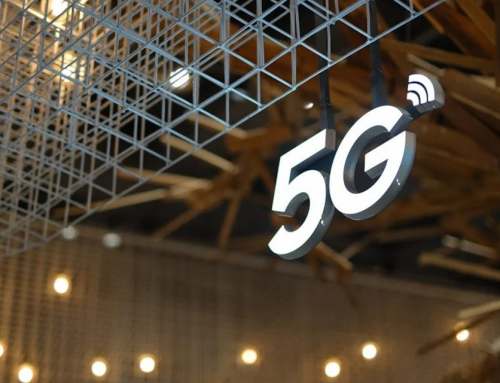In today's highly connected world, Internet service provider companies face increasing challenges in managing network devices. At the forefront of this battle are CPEs (Customer Premises Equipment), which include modems, routers, and other network termination units.
Efficient management of these devices is crucial to ensure smooth operation and high quality customer service.
In fiber optic networks, an OLT (Optical Line Terminal) is used to connect the customers' CPEs to the provider's internal network, and consequently to the internet. Despite being complementary equipment within the provider's operation, both the OLT (Optical Line Terminal) and the CPE itself have resources that allow remote management of the CPE. In this article, we will compare these two CPE management methodologies: via OLT and via TR-069 protocol (CWMP – CPE WAN Management Protocol), present in CPEs. Throughout the text, we will highlight the main advantages of TR-069 and present two practical examples of situations in which the use of this protocol is clearly superior.
CPE Management: OLT vs TR-069
Our OLT, used in FTTx (Fiber To The x) networks, is network equipment located at the provider's headquarters that connects the network backbone to each customer's CPE through optical fiber. OLT only manages the fiber side of the network. CPE management controls such as WAN and WIFI information exist only in larger sized OLTs, and even then only when the OLT and CPE manufacturer are the same. This is due to lack of standardization in this communication, given that the only standardized point in an OLT is the basic fiber optic communication given by the OMCI (UN Management Control Interface) protocol.
On the other hand, the TR-069 is a protocol standardized by the Broadband Forum that allows remote and direct communication between the service provider and the customer's CPE. With the TR-069, it is possible to manage, configure and diagnose problems with network devices, all remotely independent of the manufacturer.
Top 3 differences: OLT vs TR-069
1. Scope of management
OLT only manages the fiber side of the network. This means that while it can monitor and manage fiber signal quality, it has no direct control over the CPEs. On the other hand, management via TR-069 allows the service provider to directly access the CPE, allowed a wider range of control and diagnostics.
2. Troubleshooting and Troubleshooting
With OLT, when a problem occurs, it can be difficult to identify whether the issue is on the fiber side or the CPE. However, with the TR-069, it is possible to perform proactive diagnostics, identifying and solving problems into the CPE quickly and efficiently.
3. Device Configuration and Update
The OLT does not have the ability to configure or update the firmware of the CPEs. On the other hand, the TR-069 allows the service provider configure and update device firmware remotely, which can result in saving time and resources.
Practical examples: the superiority of the TR-069

1. Troubleshooting
Imagine that a customer is experiencing connectivity issues. With OLT, the situation analysis could only indicate that the fiber signal is normal, without providing detailed information about the state of the CPE.
However, with the TR-069, the service provider can access the CPE directly, perform diagnostics and even perform adjustments, all remotely.
2. Firmware Updates
Suppose a new firmware update is released to improve the security and functionality of the CPEs. Using the OLT, the service provider would have to rely on customers to perform the upgrade, or dispatch technicians to do it manually.
With the TR-069, the provider can roll out the update remotely to all devices in bulk at once, ensuring that all CPEs are up-to-date and secure.
Conclusion
In summary, while OLT plays a crucial role in fiber infrastructure management, TR-069 protocol provides superior capability in direct management of CPE devices. Through extended management reach, proactive diagnostics and remote firmware upgrades, the TR-069 allows service providers to manage network devices more efficiently, improve quality of service and save resources.
We hope this article has helped clarify the differences between CPE management through the OLT and the TR-069 protocol. If you have any further questions or need more information, please don't hesitate to get in touch or leave a comment. We are always here to help!


